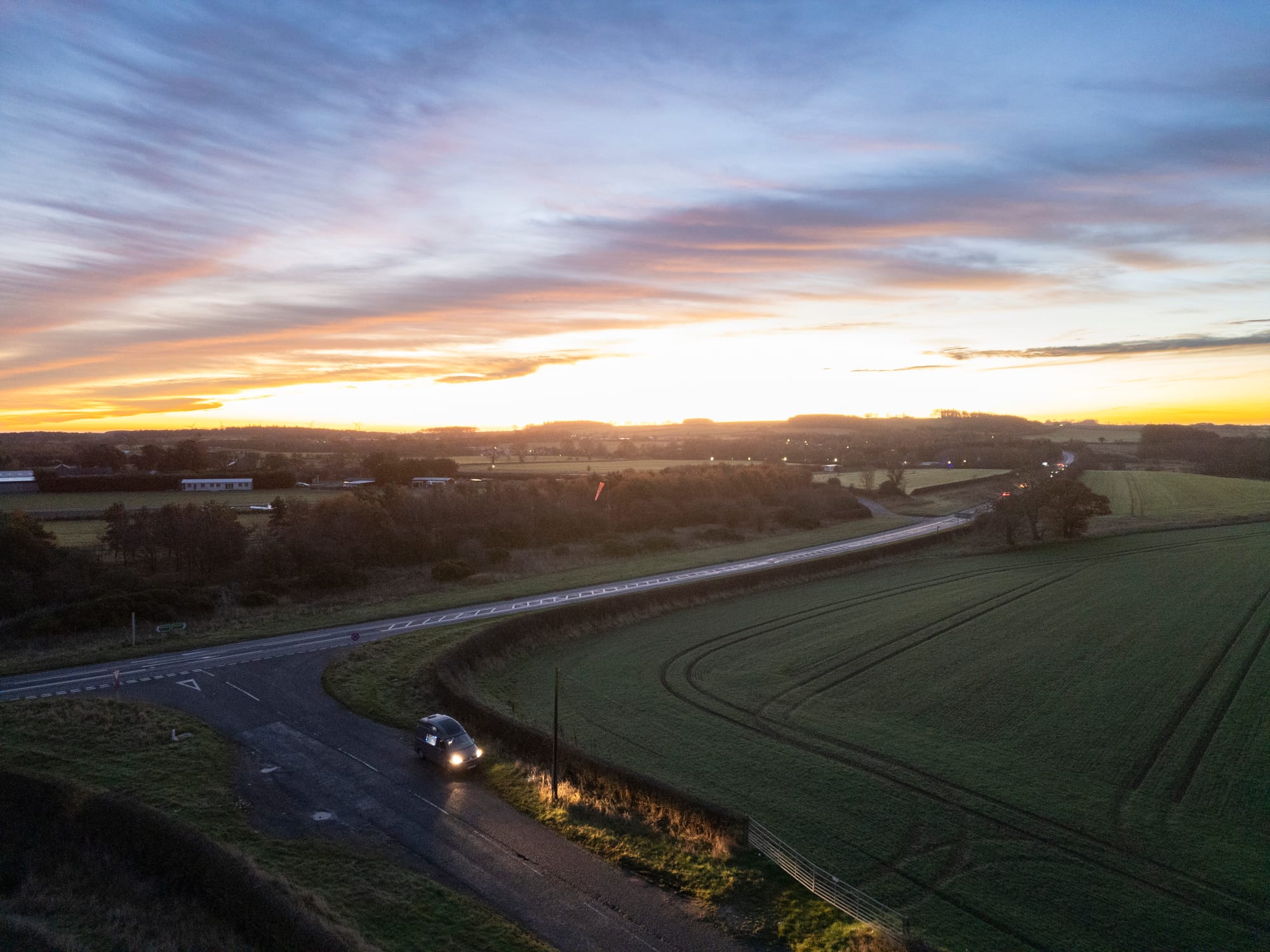
Pictures make us see the world. Without them, I'm not sure what anybody would see.
David Hockney.
A Sanctuary of the Affinities.
The plan has changed - the weather, the light, the needs of the client have delayed my homeward journey to Bury. An extra day means that I need to find respite for an extra night. I pack up the van, turn over the bed, unleash the hookup and, on the map, I take a gentle arc that links the most northerly parts of England to the most northerly parts of Wales.
Before I leave, I receive confirmation that I can stay in a spot that resonates with me: the shepherd’s hut at the St. Melangell Centre, which sits next to the shrine church of St. Melangell in the Tanat Valley in Powys.
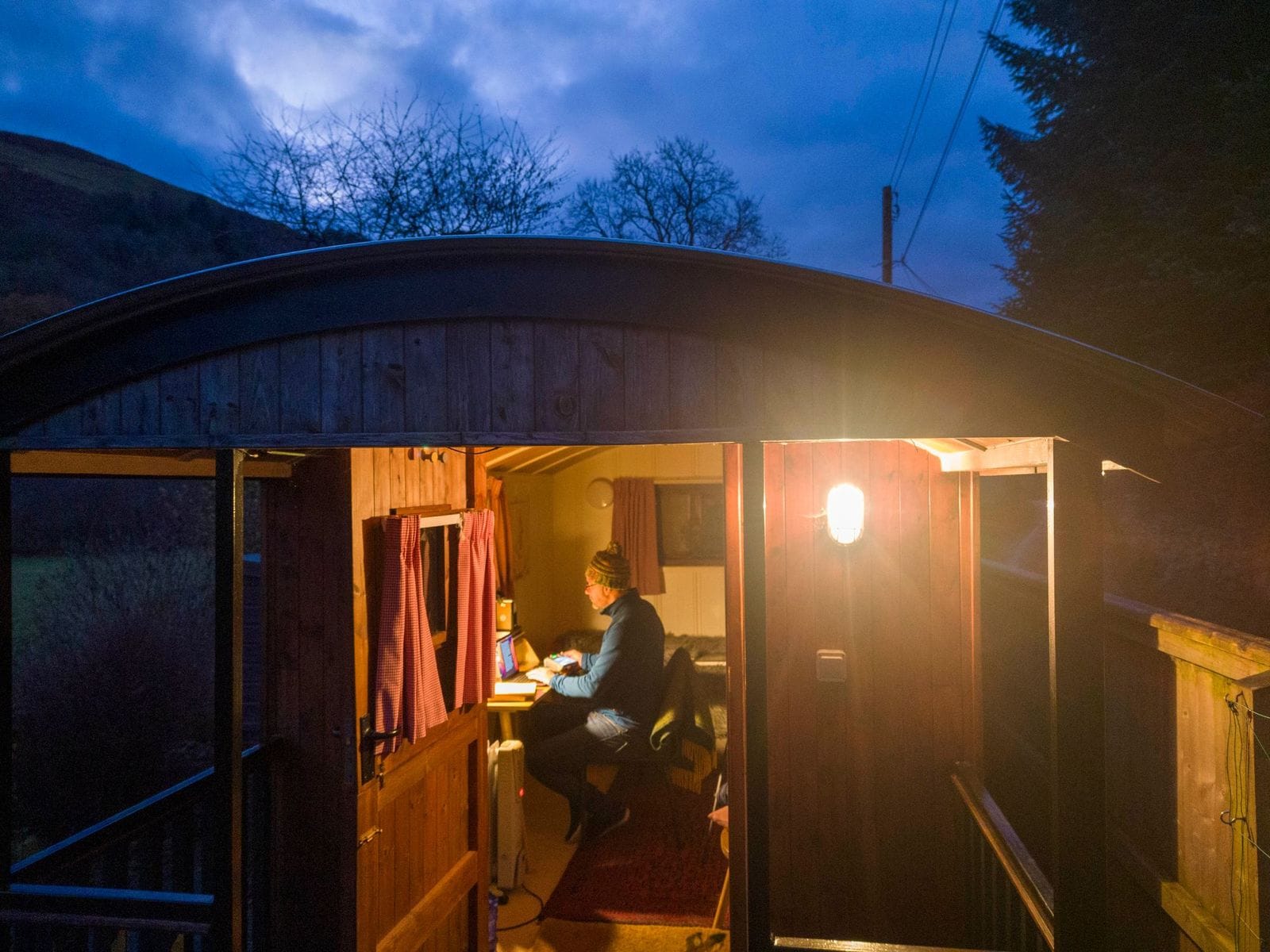
The church lies deep within the bucolic landscape of a glacial valley. Its tower rises from the flat valley floor like an erratic, shaped by history, circumstance, and time.
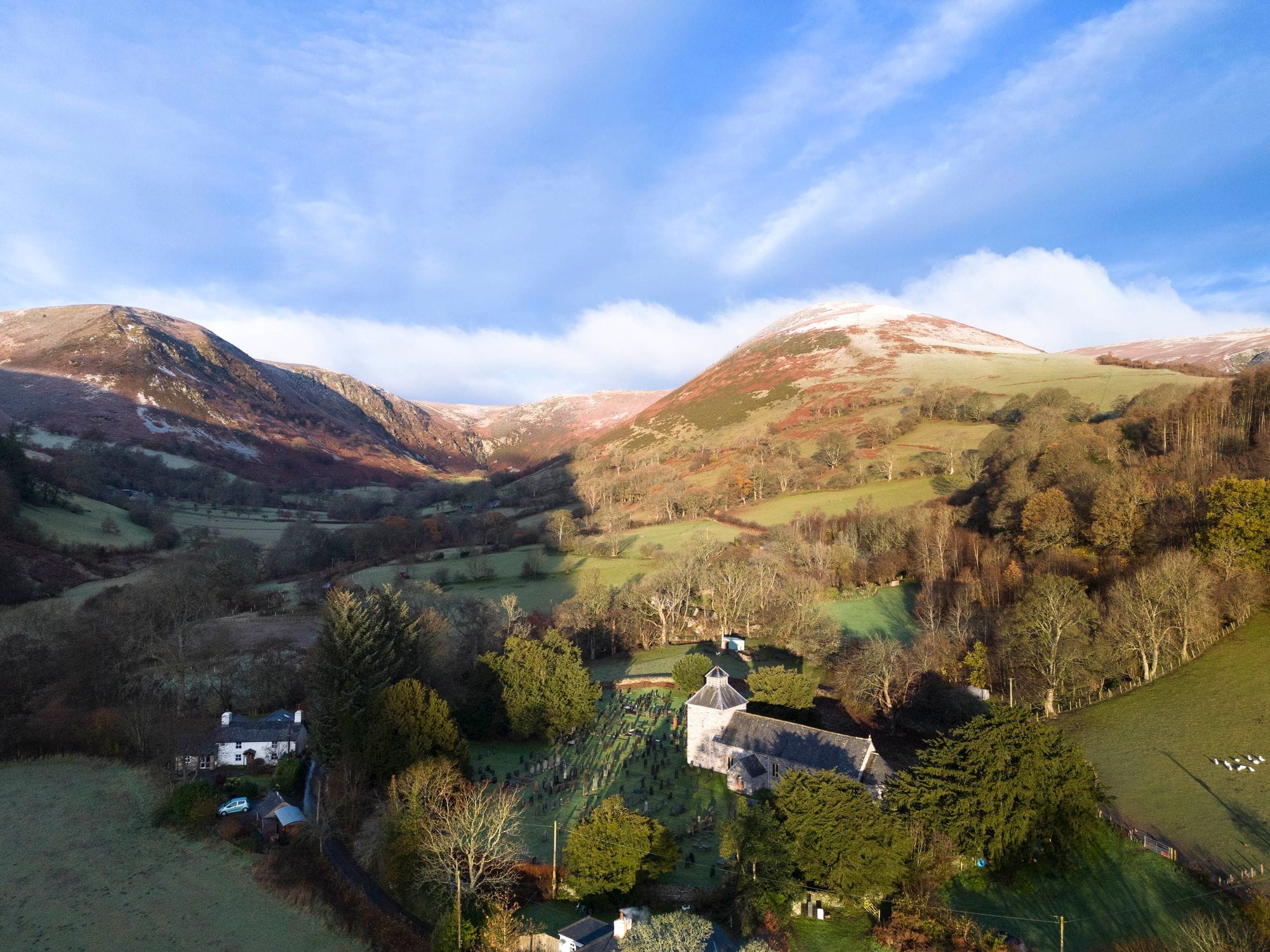
It holds within its walls something quite unique for these parts - a Romanesque shrine. It was erected as a shrine to St. Melangell, who fled here from Ireland to escape an arranged marriage. While living a solitary life, she saved a hare from a royal hunt, where the animal found sanctuary in her robe. A prince, moved by her actions, granted her land for sanctuary, which is still defined by a wall outside the church. The miracles associated with her shrine earned her sainthood. St. Melangell is the patron saint of hares.
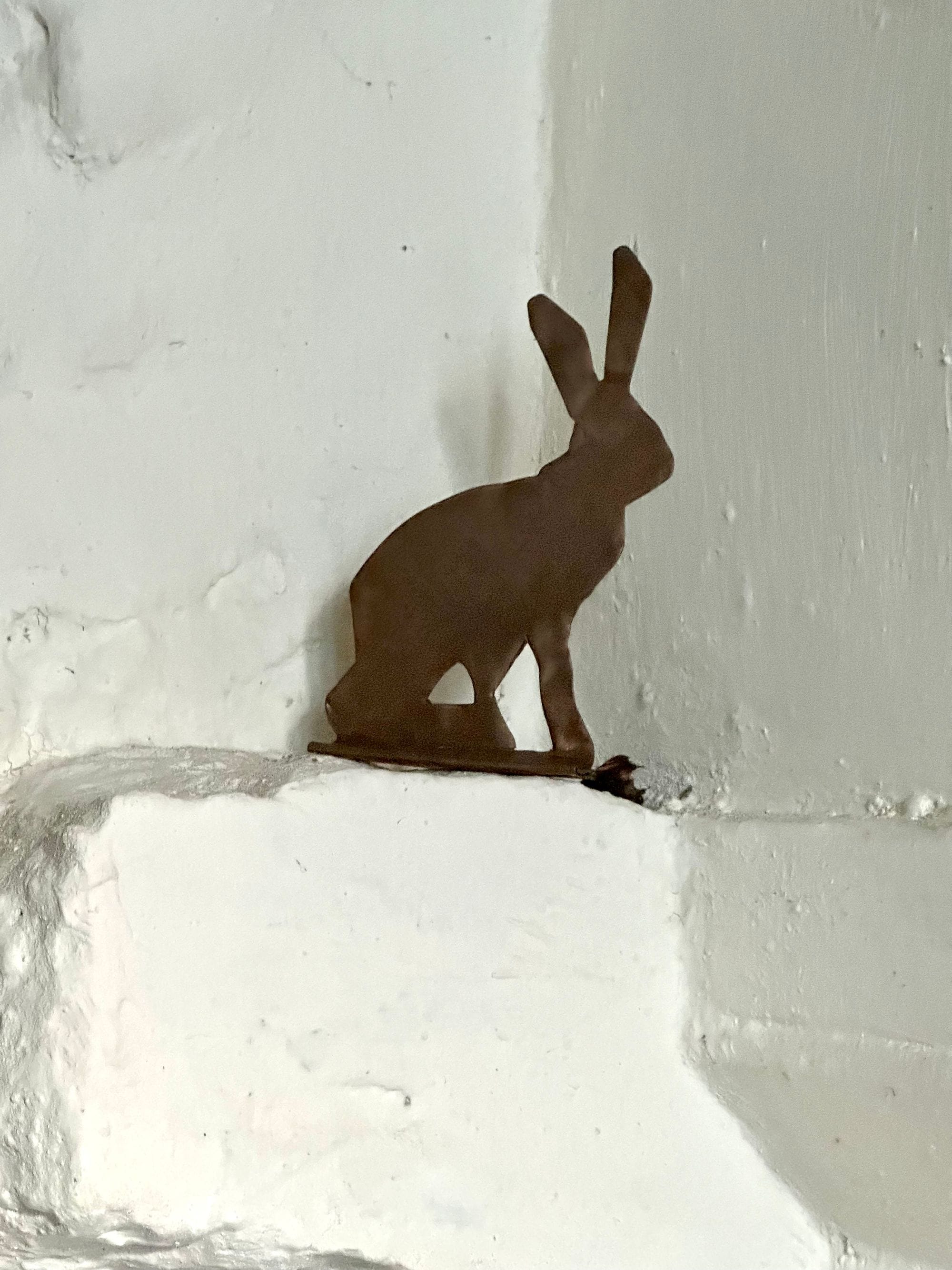
I feel so grateful that on the starkest of winter days, I might negotiate a path to this place between the challenges of the everyday; that through chance and circumstance I might find myself (after lifting the latch) sat next to the material embodiment of all that myth and history in the guise of a Romanesque shrine.
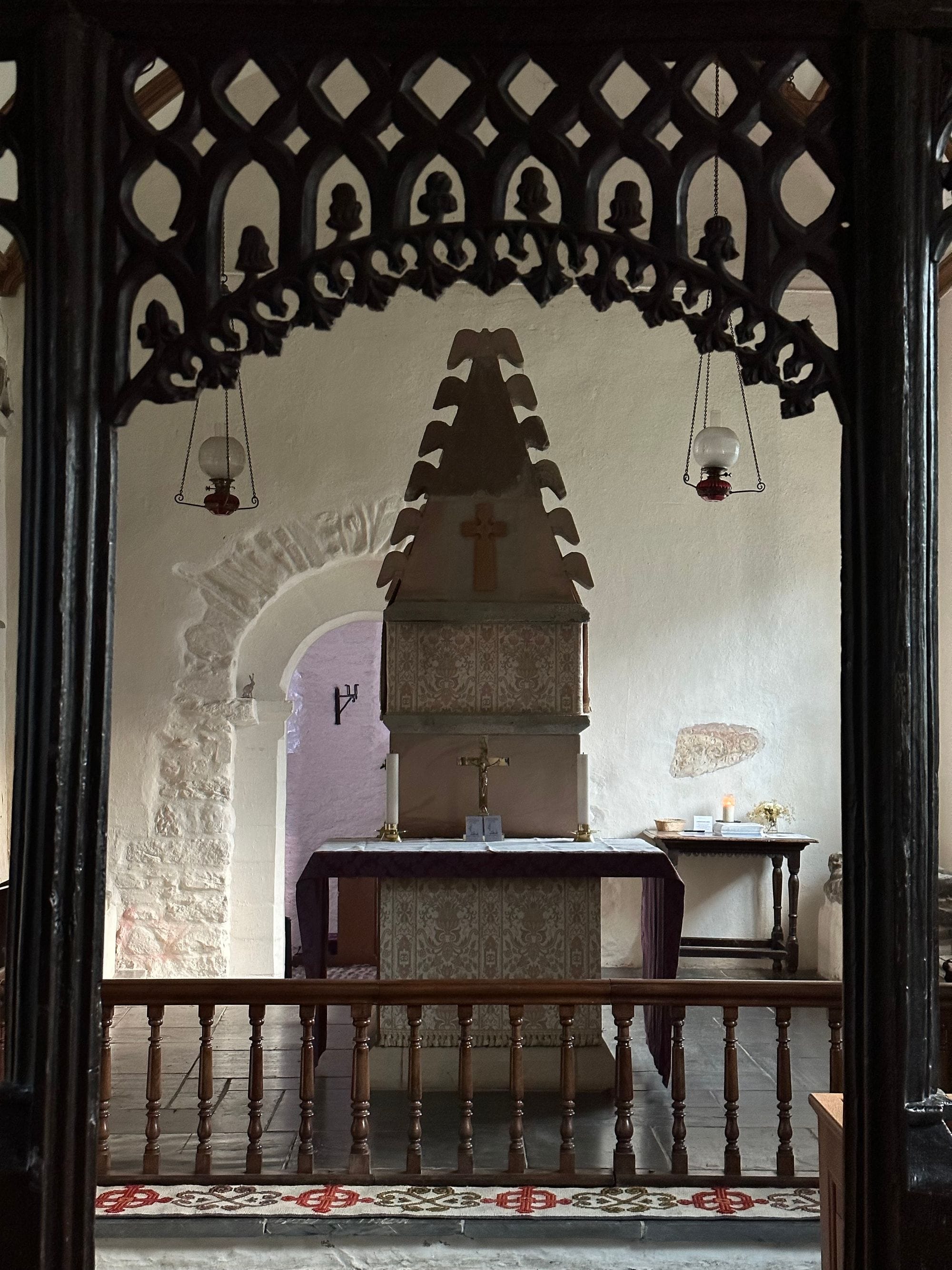
It’s the weight of this place that makes a murmuration of my mind. My thoughts swirl about the nave, out through the gaps between the windows; they spiral about the tower, avoiding the clasp of the valley sides, and then return to flit beneath the floriated capitals of the shrine.
Patrick Leigh Fermor said that in ‘churches with open spires…one could understand how congregations thought their orisons had a better start than prayers under a dome where the syllables might flutter round for hours.’
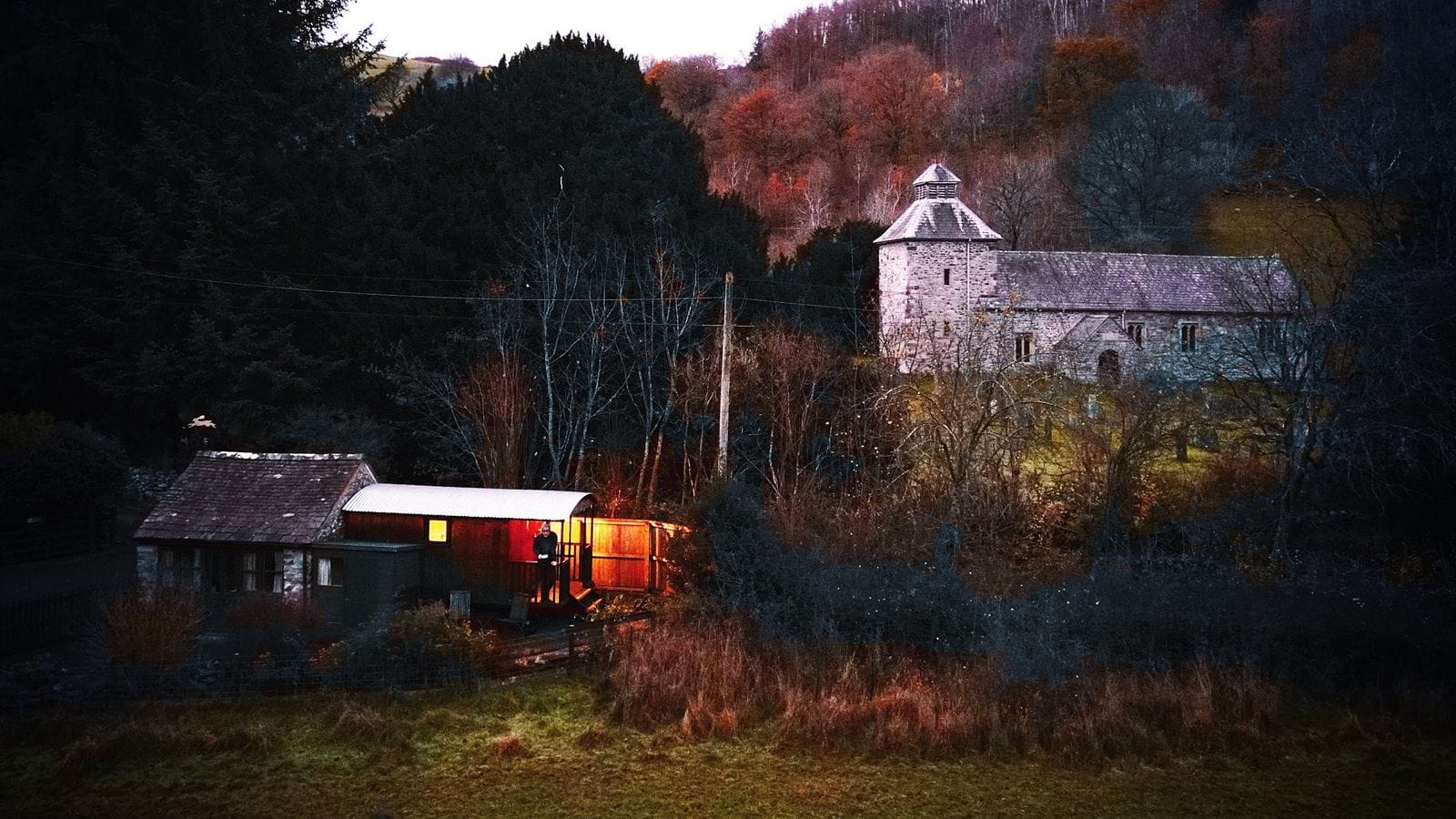
My thoughts find their roost upon a fresh page of my sketchbook on my lap and, whilst I sketch in the lines of the shrine, I try not to think about how its colour, shape, and purpose might unfold.
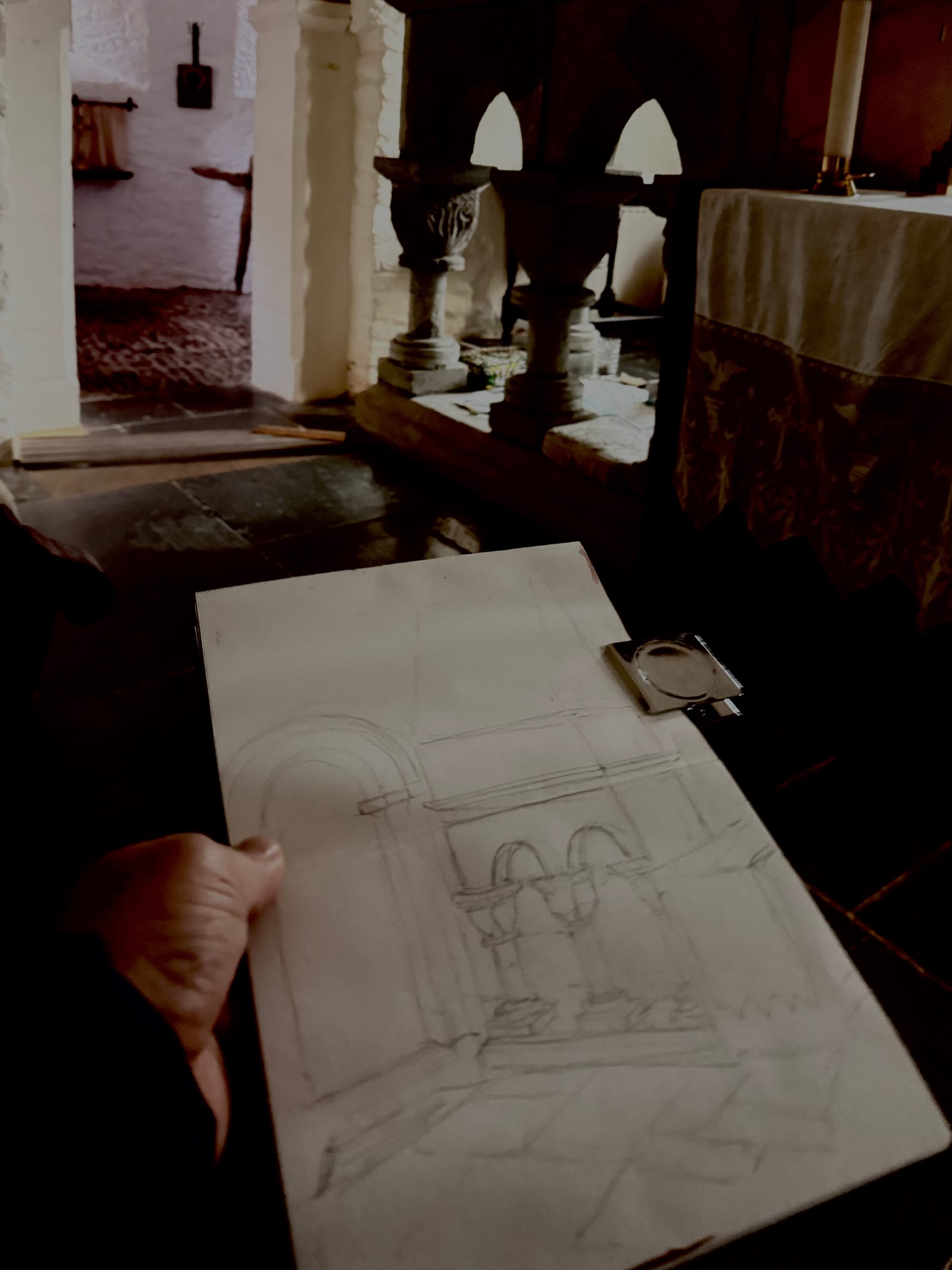
When I observe the shrine with an artist's eye, Louis Kahn's words come to mind: ‘Design is not making beauty, beauty emerges from a selection of affinities, integration, love.’
I think this is what it is all about for me: the 12th-century edifice before me embodies integration—where the valley’s embrace sheltered a fleeing woman, where a hare, a pre-Christian symbol of balance and renewal, found sanctuary, and where continuity endured amid tumultuous change. Smashed and buried beneath the foundations of a later church, the fragmented shrine was rediscovered and rebuilt, absorbing layers of belief and unbelief alike—and, through the act of continuity, a place for all faiths and none—a sanctuary offering affinity for all—was reborn.
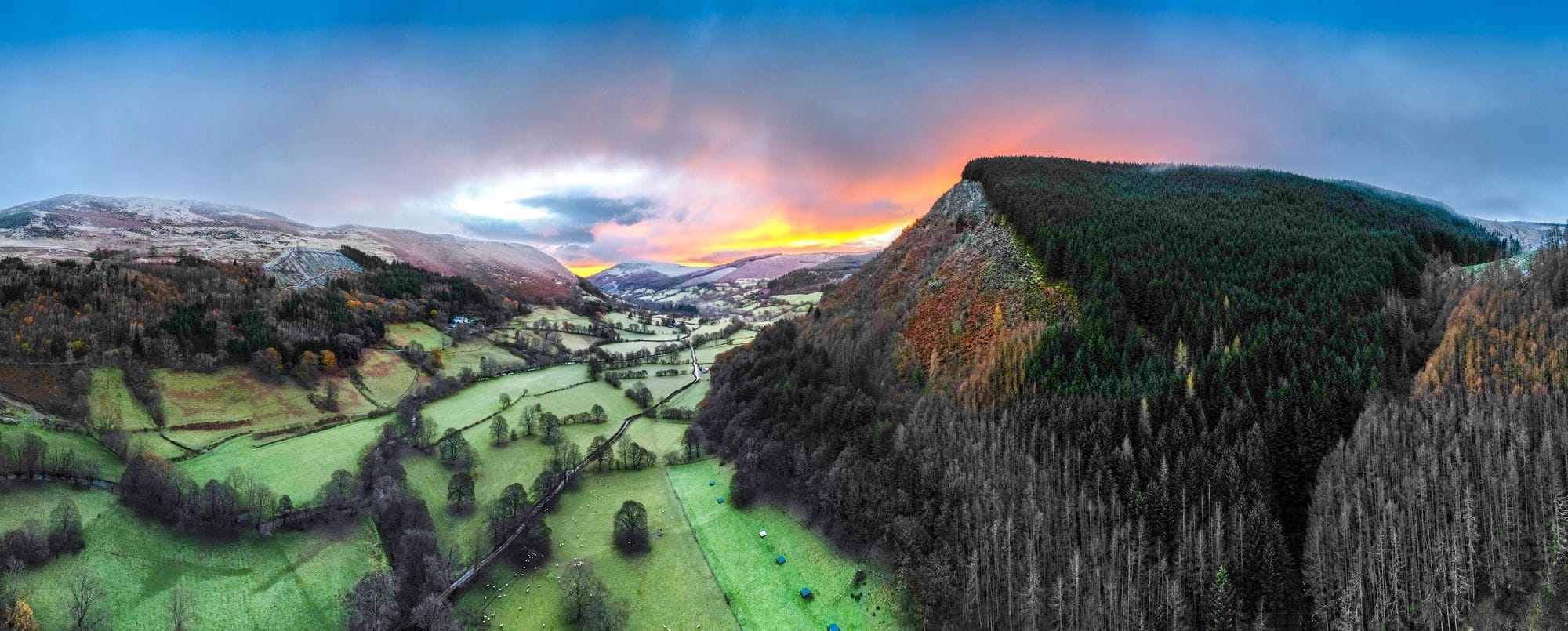
I carry on sketching and think of my family and friends. This is a place that affords me the grace to do that. I think of David and I think of John and I think of you.
The shrine’s presence—its stories, its textures, its survival—holds together what might seem disparate: myth and history, faith and unbelief, solidity and transcendence. For me, it is in this interplay of contrasts that its beauty emerges.
I think of my part in this world and how, in spite of my agnosticism, I feel exalted by places like this; and then I think of the words that are written through my core like Blackpool rock:
‘What each of us must do is cleave to what we find most beautiful in our human heritage - and pass it on……And to pass these precious fragments on is our mission.’ *
And so, as the light begins to fade, the page beneath me has taken on a different mission - to pass this place on and to share my affinity with it through my art.
I sit with my eyes wide open, and try not to blink. It’s as if the accumulation of light over time might add clarity to the details on the shrine. The last of the light is coming from the limewash that piques the undercutting to the arcade. I look down at my paint box - I can see the contours of the half-pans but not the colours within.
I have to stop.
And in that moment, in the darkness, I'm struck by how an ordinary bloke, through the power of place, can experience extraordinary things like this.
This space, with its textures drained, the contre-jour, the purplest of chiaroscuro, has passed the baton on to my imagination. I hover between the material and the intangible: this history, this shrine, this valley, this sketch are conduits to the ephemeral - making a sanctuary of the here and now by thinning out the boundary between heaven and earth.
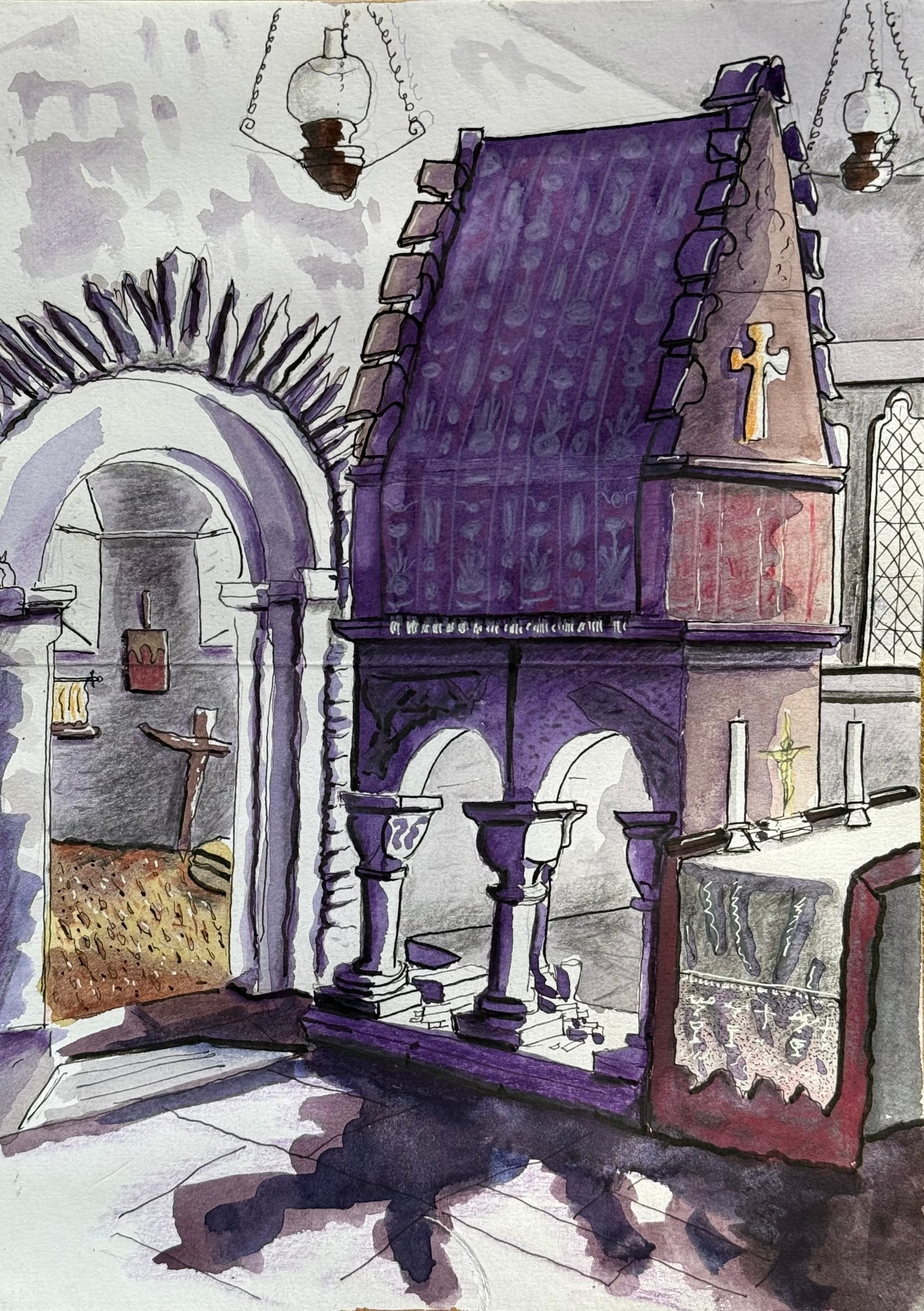
*Michael Ventura The Age of Endarkenment.

Wishing you a peaceful and happy New Year!
Thank you so much for your generosity, help and support this year. I'm so grateful.
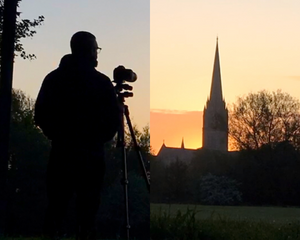
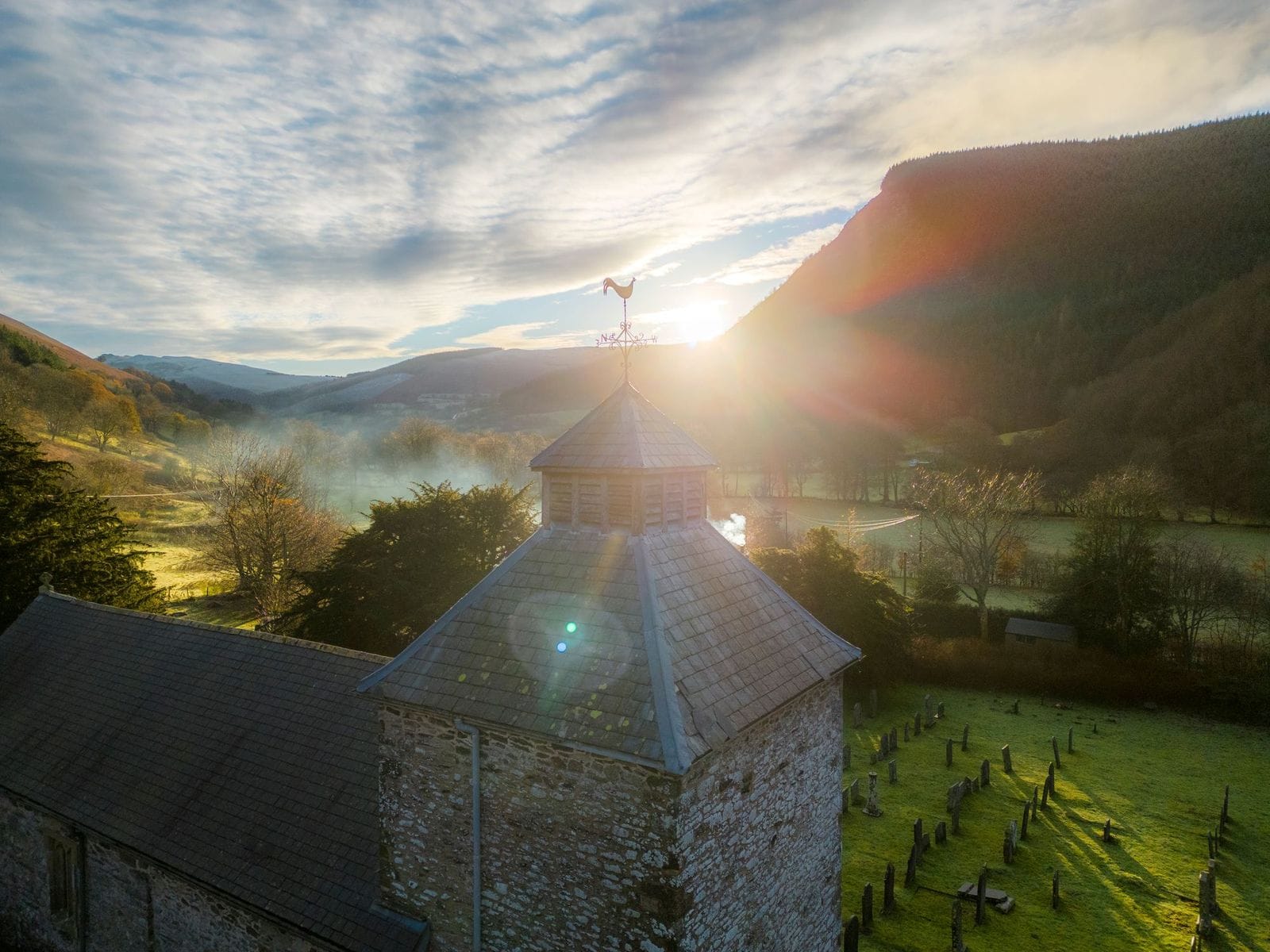




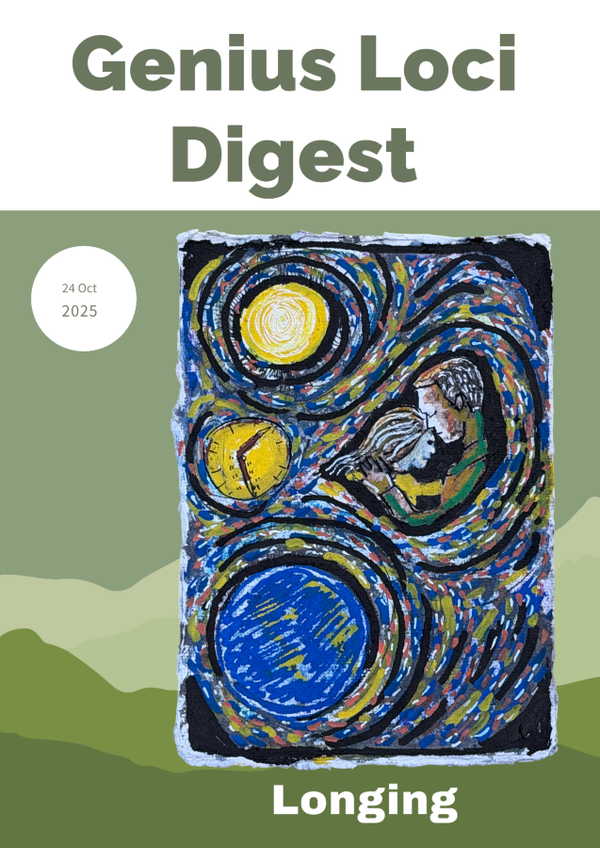
Member discussion